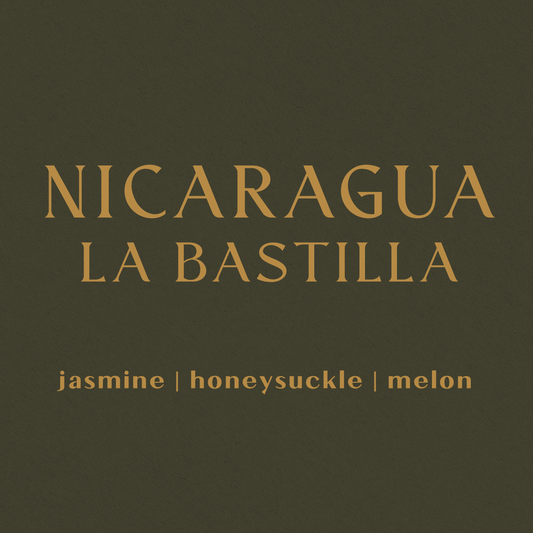
Nicaragua
Coffee Production in Nicaragua
1. Historical Background
Coffee cultivation in Nicaragua dates back to the mid-19th century, with production beginning in earnest around the 1850s. By the early 20th century, coffee had become Nicaragua’s most important export crop, shaping its economy and rural development. The establishment of large estates in the central and northern highlands was driven by both European and local elites, and the sector steadily grew through the mid-1900s.
However, the coffee industry in Nicaragua experienced multiple disruptions in the late 20th century. The Sandinista revolution, civil war in the 1980s, U.S. trade embargoes, and later natural disasters such as Hurricane Mitch in 1998 all severely impacted production and infrastructure. In response, many producers transitioned to cooperative-based models, which remain a key structure of the country’s coffee trade today.
2. Growth and Regional Development
Nicaragua’s coffee-growing regions are primarily located in the north and central highlands, including Nueva Segovia, Jinotega, Matagalpa, Madriz, and Estelí. These areas, with elevations ranging from 800 to over 1,500 meters above sea level, provide ideal conditions for growing Arabica coffee. The country’s rich volcanic soils, moderate temperatures, and distinct wet and dry seasons support high-quality cultivation.
Coffee farms in Nicaragua range from small family-run plots to larger estates, but roughly 95% of producers are considered smallholders, many of whom are organized into cooperatives. Since the early 2000s, the Nicaraguan government and international NGOs have invested in improving agricultural practices, processing infrastructure, and market access. This has helped foster a resurgence in quality-focused production, particularly in regions like Nueva Segovia, known for award-winning microlots.
3. Present-Day Production and Export Trends
Nicaragua produces approximately 2.5 to 3 million 60-kilogram bags of coffee per year, making it one of the top 15 coffee producers globally. Nearly all of its coffee is Arabica, and the most common cultivars include Caturra, Bourbon, Catuaí, and Maragogype. The majority of the coffee is processed using the washed (wet) method, though honey and natural processing are increasingly used to diversify flavor profiles and cater to specialty markets.
Exports account for over 90% of national production, with key markets including the United States, Europe, and Asia. Coffees from Nicaragua—especially from Jinotega and Nueva Segovia—are known for their clean profiles, bright acidity, floral aromatics, and notes of stone fruit, caramel, and cocoa. Nicaragua has also gained recognition in the Cup of Excellence competitions, signaling its growing role in the specialty coffee sector.
4. Market Dynamics and Trade Challenges
While Nicaragua has made notable progress in its coffee sector, several persistent challenges remain:
Climate change continues to threaten production through erratic rainfall, prolonged dry seasons, and increased pest and disease pressure.
Economic instability and limited access to credit make it difficult for producers to invest in long-term farm improvements.
Infrastructure gaps, especially in remote growing regions, can increase the cost and complexity of transportation and export.
Labor shortages, particularly during the harvest season, add strain to smallholder operations.
Despite these issues, the rise of certified coffees (Fair Trade, Rainforest Alliance, Organic) and direct trade relationships with roasters have helped strengthen resilience in many communities.
5. Outlook
Nicaragua’s coffee industry is poised for continued growth in the specialty sector, supported by its ideal growing conditions, experienced producers, and increasing processing innovation. Investments in climate adaptation, youth engagement, and cooperative development will be critical to sustaining the sector. As international demand for traceable, ethically sourced coffee grows, Nicaragua’s reputation for quality and consistency—especially from highland regions like Nueva Segovia—positions it as a competitive and resilient origin on the global stage.
Shop Coffees from Nicaragua
-
 Sold out
Sold outNicaragua La Bastilla
Regular price From $26.00 USDRegular priceUnit price / per

